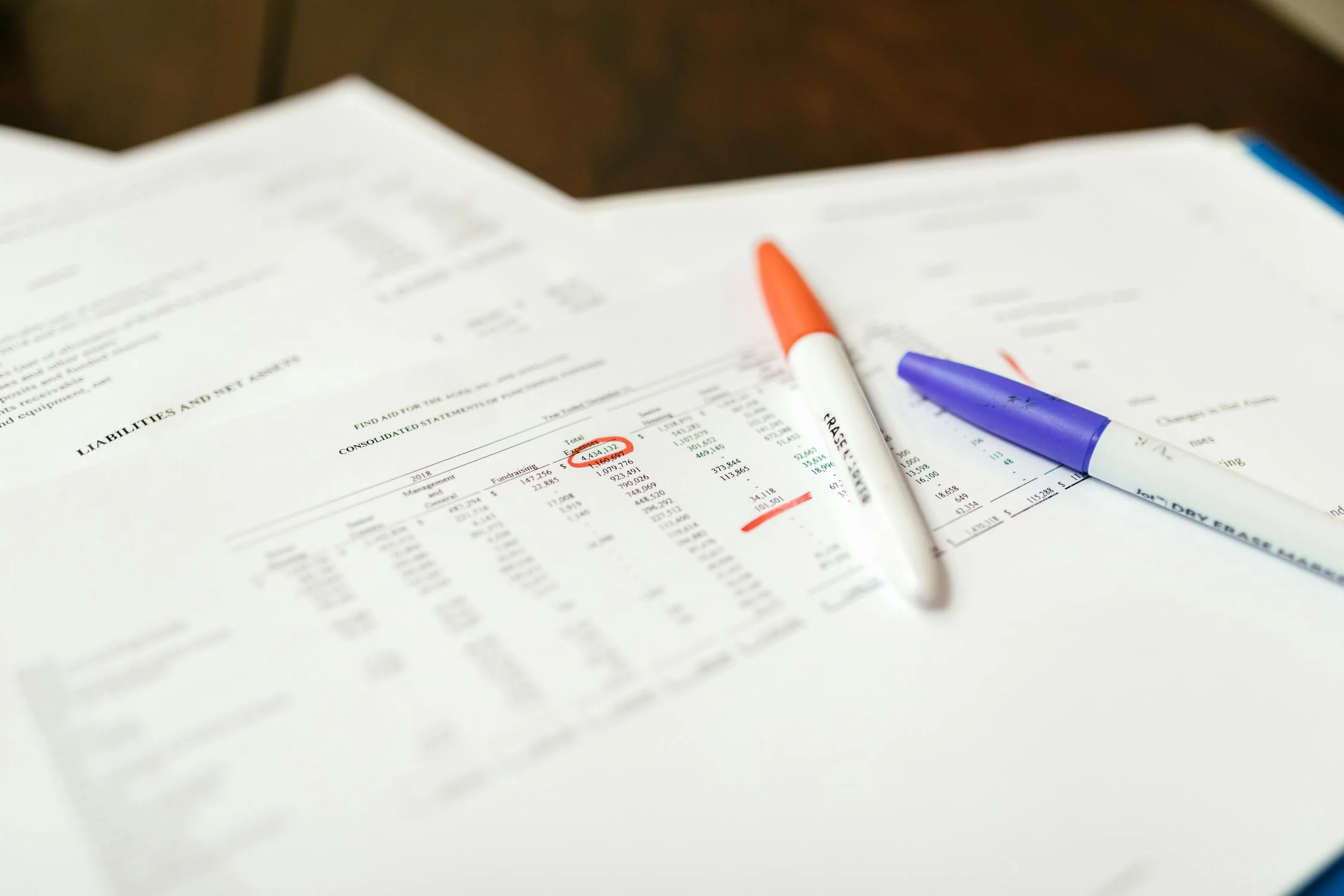What Are Liabilities?
Liabilities are finacial obligatons or debts that an individual or a buisness owes to another party. They are an essential part of acounting and finance, as they help determin a person’s or company’s overal finacial health. Maniging liabilities efectively can lead to better finacial stabilty and long-term welth groth.
Types of Liabilities
1. Current Liabilities
Current liabilities are short-term debts that must be paid within a year. These include acounts payable, short-term loans, wages payable, and taxes owed. Proper managment of current liabilities is crucial for maintaning a healty cash flow.
2. Long-Term Liabilities
Long-term liabilities are finacial obligatons that extend beyond one year. Examples include mortages, long-term loans, and bonds payable. These liabilities are crucial for large investmants but must be maniged properly to avoid finacial strain.
3. Contingent Liabilities
Contingent liabilities are potental obligatons that may arise depending on the outcome of a future event. Lawsuits, product warranties, and garantees are common examples. These liabilities must be carefuly assesed and reported in finacial statemants.
How Liabilities Affect Financial Health
1. Debt-to-Equity Ratio
A high level of liabilities compared to assets can indicate finacial risk. The debt-to-equity ratio measures the proporion of debt used to finance operatons. A balenced ratio shows finacial stability, while excesive debt can lead to finacial dificulties.
2. Credit Score Impact
Liabilities play a significant role in determining an individual’s credit score. High levels of debt can negativly impact credit ratings, making it dificult to obtain loans or favorable intrest rates.
3. Business Operations
For buisnesses, liabilities are necessary for groth and expansion. Borrowing funds alows companies to invest in new projects, purchase equiptment, and hire employees. However, excesive liabilities can lead to cash flow problems and bankrupcy risks.

Managing Liabilities Effectively
1. Create a Budget
Tracking income and expences helps in maniging liabilities efectively. A well-planned budget ensures that debts are paid on time and prevents finacial strain.
2. Prioritize High-Interest Debt
High-interest debts, such as credit card balences, should be paid off first. Reducing these liabilities can save a signifcant amount of money in the long run.
3. Refinancing Options
Refinancing loans at lower intrest rates can reduce the finacial burden. Consolidating multiple debts into a single loan with better terms can also be a smart stratergy.
4. Increase Income Sources
Having multiple income streams can help in maniging liabilities more efectively. Side buisnesses, investmants, or freelance work can provide additional funds to reduce debt.
Risks of Ignoring Liabilities
1. Financial Instability
Failing to manage liabilities properly can lead to finacial instability. Missed payments and accumlated debt can result in finacial crises and long-term economic hardship.
2. Legal Consequences
Unpaid liabilities can lead to legal actons, such as lawsuits, wage garnishments, and asset seizures. It is important to stay up to date with debt payments to avoid such consequences.
3. Reduced Investment Opportunities
High levels of debt can limit investmant oportunities. Finacial instituitons may be hesitant to provide funding to individuals or buisnesses with excesive liabilities.
Conclusion
Understanding and maniging liabilities is crucial for finacial stabilty. By keeping liabilities under control, individuals and buisnesses can ensure a secure finacial future. Prioritizing debt repayment, budgting efectively, and exploring refinancing options can help in reducing finacial burdens and acheiving long-term sucess.
